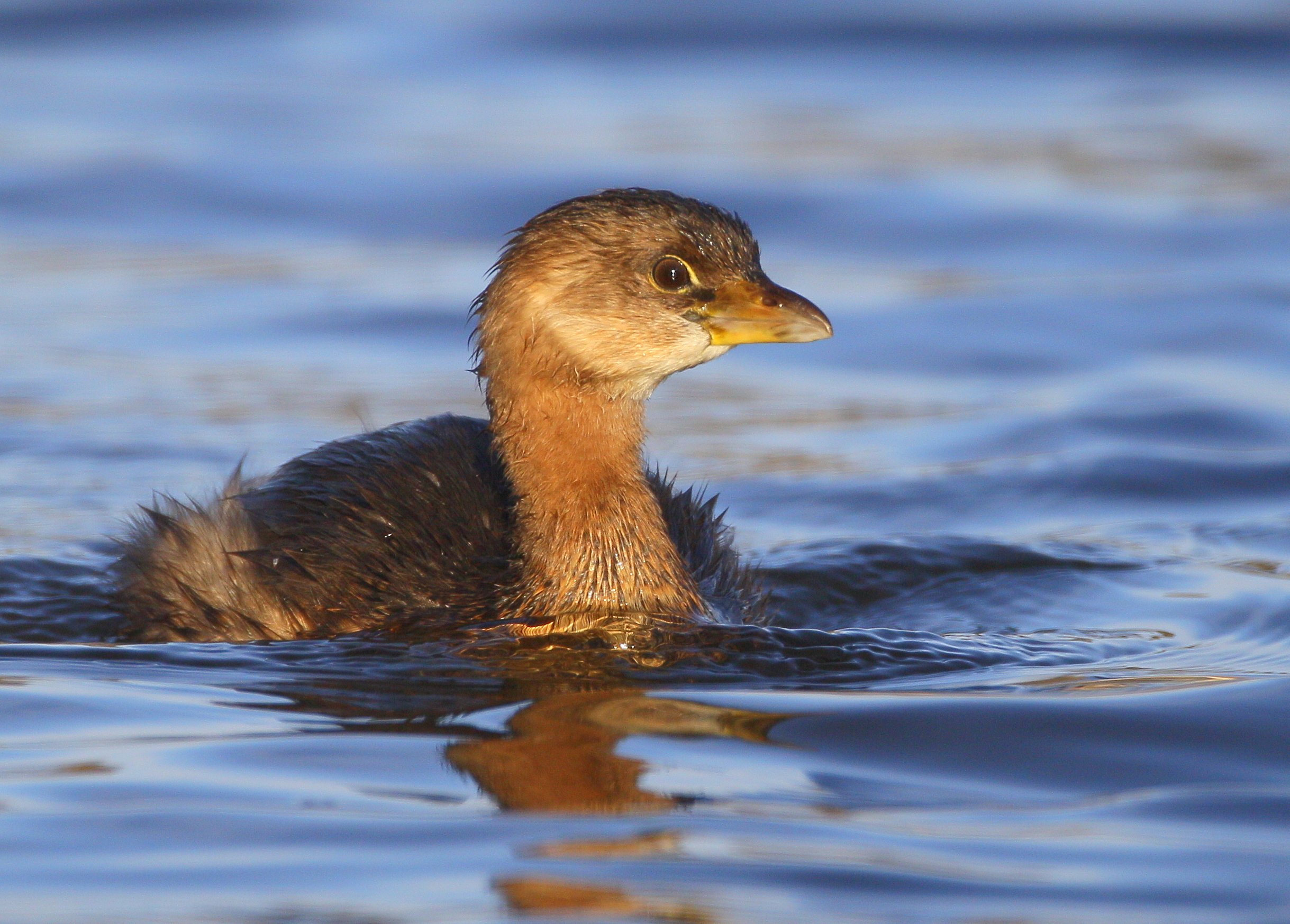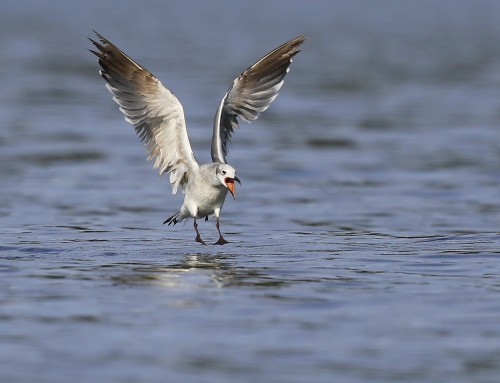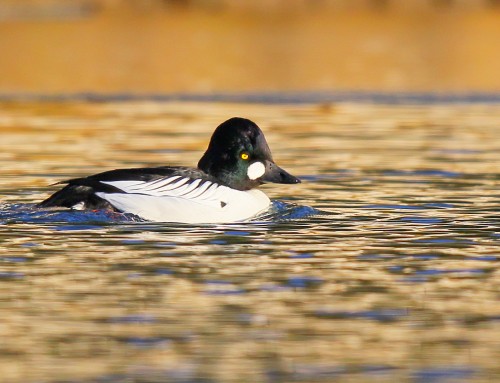Feb. 2, 2024: Pied-billed Grebes are typically found on inland freshwater ponds in Falmouth during the winter. Solitary by nature, they may form loose groups in winter for added protection and cooperative foraging. This grebe, with brownish upperparts, a buff colored chin, and dark eyes was recently seen by the boat ramp on the west side of Ashumet Pond off of Sandwich Road on the Falmouth/Mashpee town line.
Pied-billed Grebes (Podilymbus podiceps) are known for their distinctive appearance, characterized by a stout body, short neck, and a bill that becomes prominently bicolored during the breeding season. While their foraging habits may vary slightly depending on local conditions and specific habitats, general observations of Pied-billed Grebes during the winter in Falmouth are provided below:
1. Habitat:
Pied-billed Grebes can be found in a variety of freshwater habitats, including ponds, lakes, marshes, and slow-flowing rivers. During the winter, they may also be found in coastal estuaries and bays.
2. Diet:
The diet of Pied-billed Grebes mainly consists of aquatic invertebrates, small fish, and amphibians. During winter, when some bodies of water may freeze over or experience temperature changes, their prey availability might be influenced. They are known to adjust their diet based on what is locally abundant.
3. Foraging Behavior:
Pied-billed Grebes are diving birds, and they use a “dabbling” technique to forage underwater. They dive beneath the water, propelling themselves with their feet, and use their wings to help navigate. They are capable of catching a variety of prey, including small fish, insects, and crustaceans.
4. Adaptations to Winter Conditions:
In colder climates like Cape Cod during winter, Pied-billed Grebes may need to adapt to changes in water temperature and ice formation. They may shift to areas with more stable water conditions, such as deeper portions of unfrozen ponds or areas where water movement prevents freezing.
5. Social Behavior:
Pied-billed Grebes are generally solitary birds, but during the winter, they may gather in loose groups. These gatherings can provide some level of protection and possibly improve foraging success through cooperative behavior.
It’s important to note that the specific foraging habits can be influenced by various factors such as weather conditions, availability of prey, and the overall ecosystem health.







Leave A Comment
You must be logged in to post a comment.